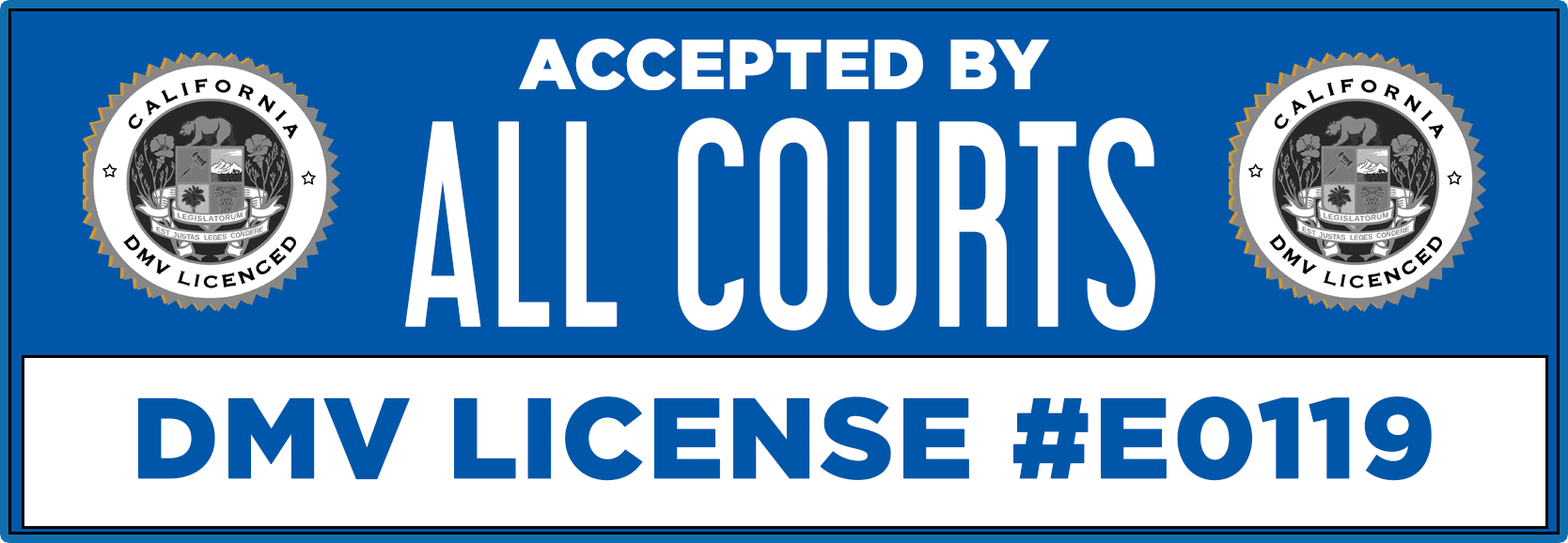NEW DMV LAWS

There are new traffic laws passed almost every year in addition to many changes made to old traffic laws. You will find these laws throughout the reading material as you proceed through the course. However, now, we will briefly discuss the most recent changes to the traffic laws and the reasons behind them.
New DMV Laws for 2023
The Freedom to Walk Act prevents peace officers from ticketing pedestrians who cross a road at a place other than a designated crosswalk, as long as it is safe. Authored by California Assembly Member Phil Ting, D-San Francisco, AB 2147 only allows officers to stop and ticket a pedestrian if there is an immediate danger of collision.
The Department of Justice will create a video that demonstrates proper law enforcement conduct during a traffic stop. AB 2537 also requires the DMV to include that video in its driver education materials and to inform individuals who are receiving or renewing their driver’s licenses that the video is available to watch on the DMV website.
It is already illegal in California for a person to race a vehicle on a highway. AB 2000 also makes it a crime for a person to race or participate in a speed exhibition in an off-street parking facility.
Catalytic converter thefts doubled between June 2021 and June 2022, according to State Farm, with California ranking first for the most catalytic converters stolen. AB 1740 and SB 1087 are companion bills that prevent recyclers from purchasing or receiving catalytic converters from places other than a commercial enterprise, such as an auto dismantler or parts dealer, or from an individual who is not the owner of the vehicle that was the source of the part.
SB 1398 requires automakers and dealers to give clear descriptions of the functions and limitations of so-called advanced driver assistance systems, such as automated emergency braking and lane-keeping assist. It also prohibits manufacturers and dealers from deceptively naming or marketing semiautonomous driving features.
AB 1909 ends the statewide ban of class 3 electric bicycles on bicycle paths, trails, bikeways, bicycle lanes, equestrian trails and hiking and recreational trails and eliminates local authorities’ ability to ban electric bikes from bike paths. It also requires motor vehicles to move over a lane of traffic when passing a bicycle on the street whenever possible, similar to the requirement that motor vehicles move over a lane to pass a stationary emergency vehicle.
To find out about more traffic laws, please register for our course, ComedyTrafficSchool.com.





